Foodborne illness affects tens of millions of Americans every year, leading to costly trips to the emergency room and massive product recalls – now a group has identified the riskiest foods on the market.
Some 48 million are sickened, 128,000 go to the hospital and approximately 3,000 people die each year, according to the Centers for Disease Control and Prevention. Foodborne illness cost Americans an estimated $75 billion in medical care, lost productivity and premature deaths, according to the Department of Agriculture.
The top five foodborne germs causing deaths are salmonella, toxoplasma gondii, listeria, novorvirus and campylobacte – with salmonella as the worst on the list.
After a particularly fraught year, with related cases rising by a reported quarter, a new report from Consumer Reports has identified 10 foods you may want to avoid because of the risk of food poisoning. Here’s what’s on the list:
Deli meat
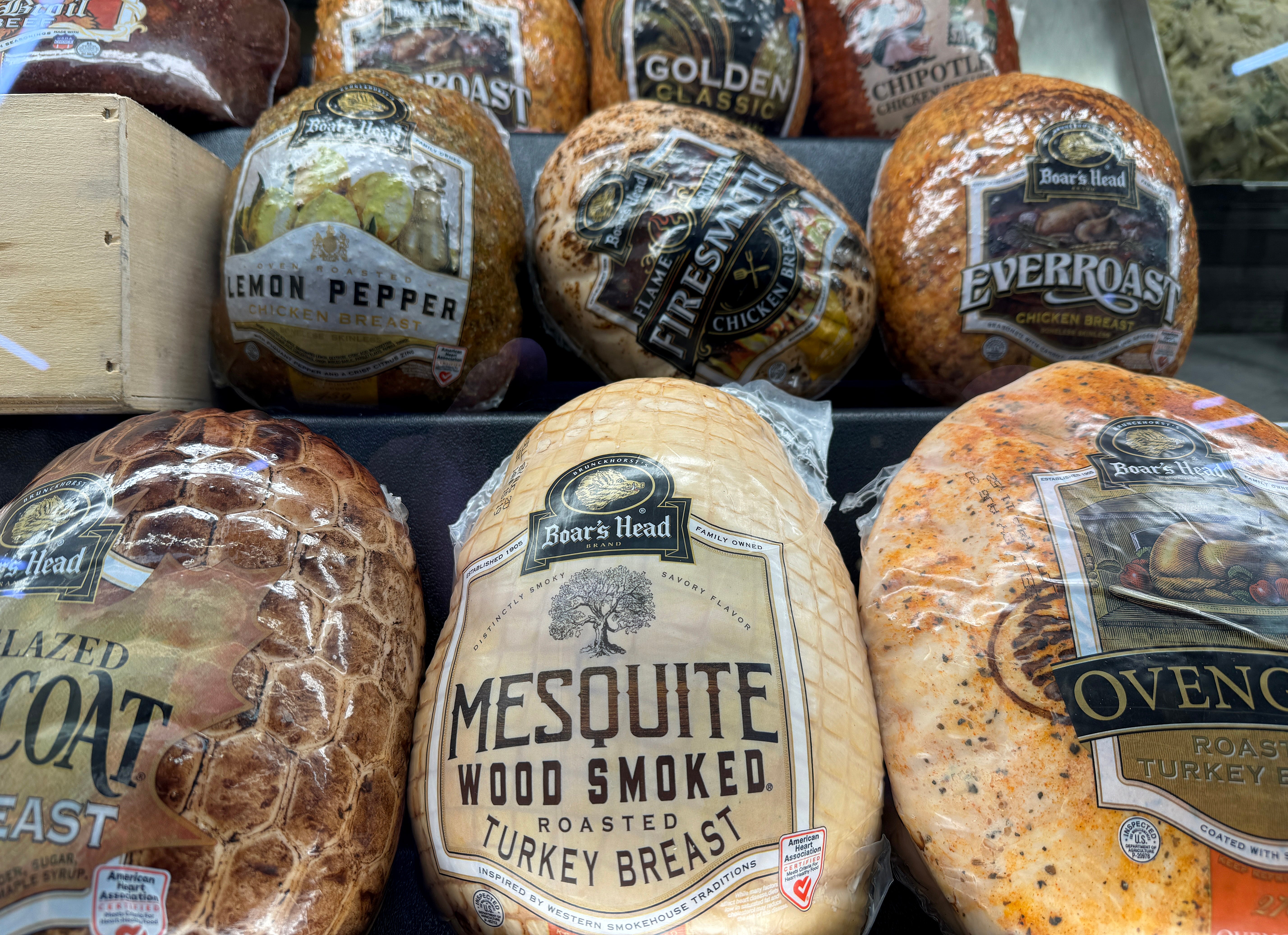
Last year, a Listeria outbreak linked to meats sliced at delis resulted in more than 60 cases and 10 deaths across 19 states.
Some groups, including pregnant women and seniors, are more vulnerable to Listeria. It can cause a more mild intestinal illness, resulting in diarrhea and vomiting. Alternatively, it may lead to invasive illness, meaning the bacteria have spread beyond the gut. Related symptoms include fever, flu and even seizures. Listeriosis is treated with antibiotics, depending on the severity of the patient’s condition.
“Even when there are no ongoing Listeria outbreaks, women who are pregnant, aged 65 or older, or have a weakened immune system should avoid deli meat or reheat it to an internal temperature of 165 degrees or until steaming hot to kill any germs,” the CDC says.
Cucumbers
Cucumbers have been recalled this month after people in 15 states were infected with salmonella. No deaths have been reported, but there have been nine hospitalizations and 26 cases.
Most people recover from exposure without treatment in about a week. Symptoms include diarrhea, fever and stomach cramps.
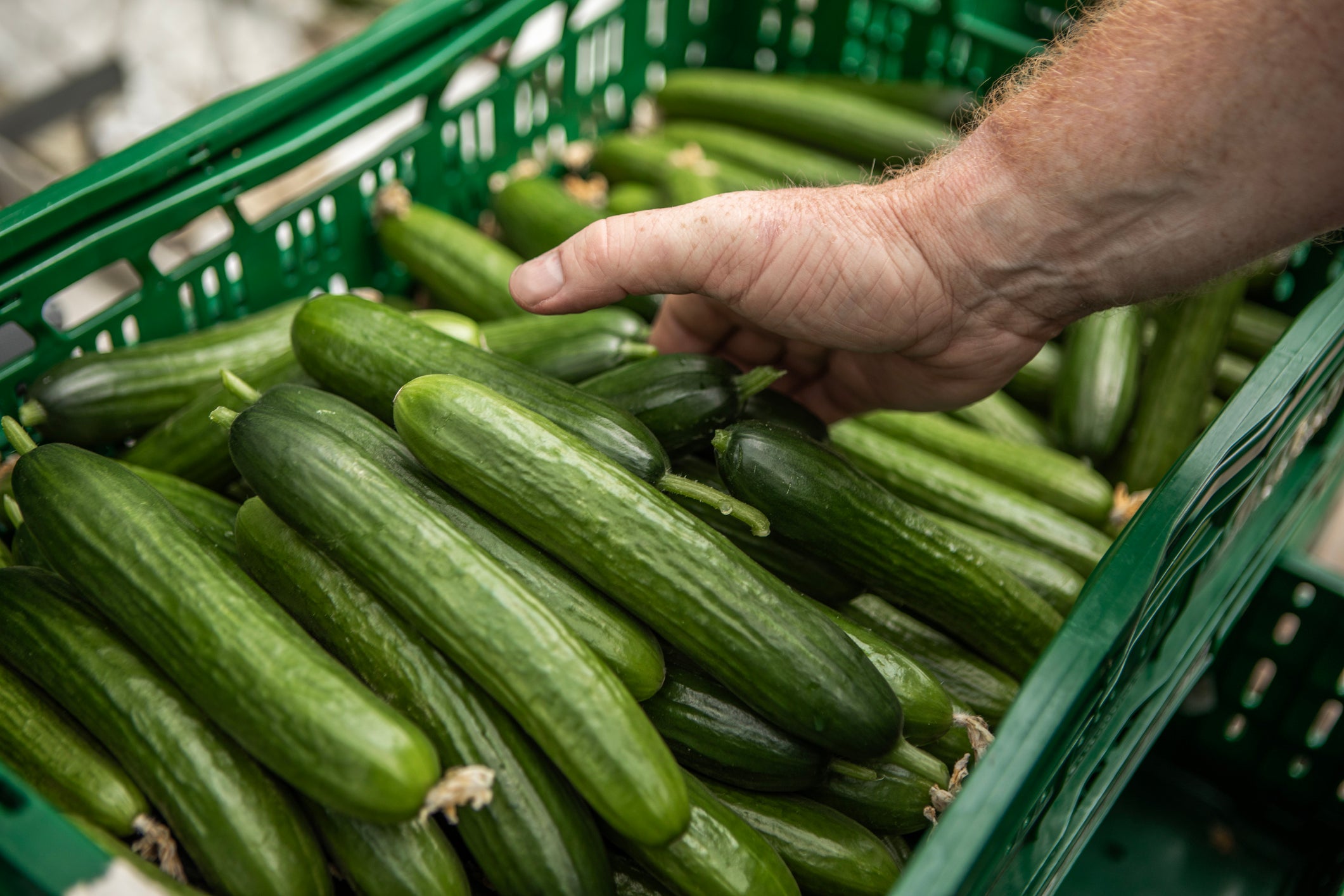
Raw milk products
Outbreaks tied to raw milk products have been associated with salmonella, E. coli and campylobacter.
“Drinking or eating products made from raw milk can expose people to germs such as campylobacter, cryptosporidium, E. coli, listeria, brucella and salmonella,” according to the CDC.
Children under the age of five, adults over the age of 65, pregnant women, and people with weakened immune systems are at a higher risk of serious illness.
Amid continuous spread, the H5N1 bird flu is also a concern in raw milk products.
Cotija and queso fresco cheese
An outbreak of listeria in February of 2024 was tied to queso fresco and cotija cheese.
That outbreak resulted in two deaths and 26 cases.
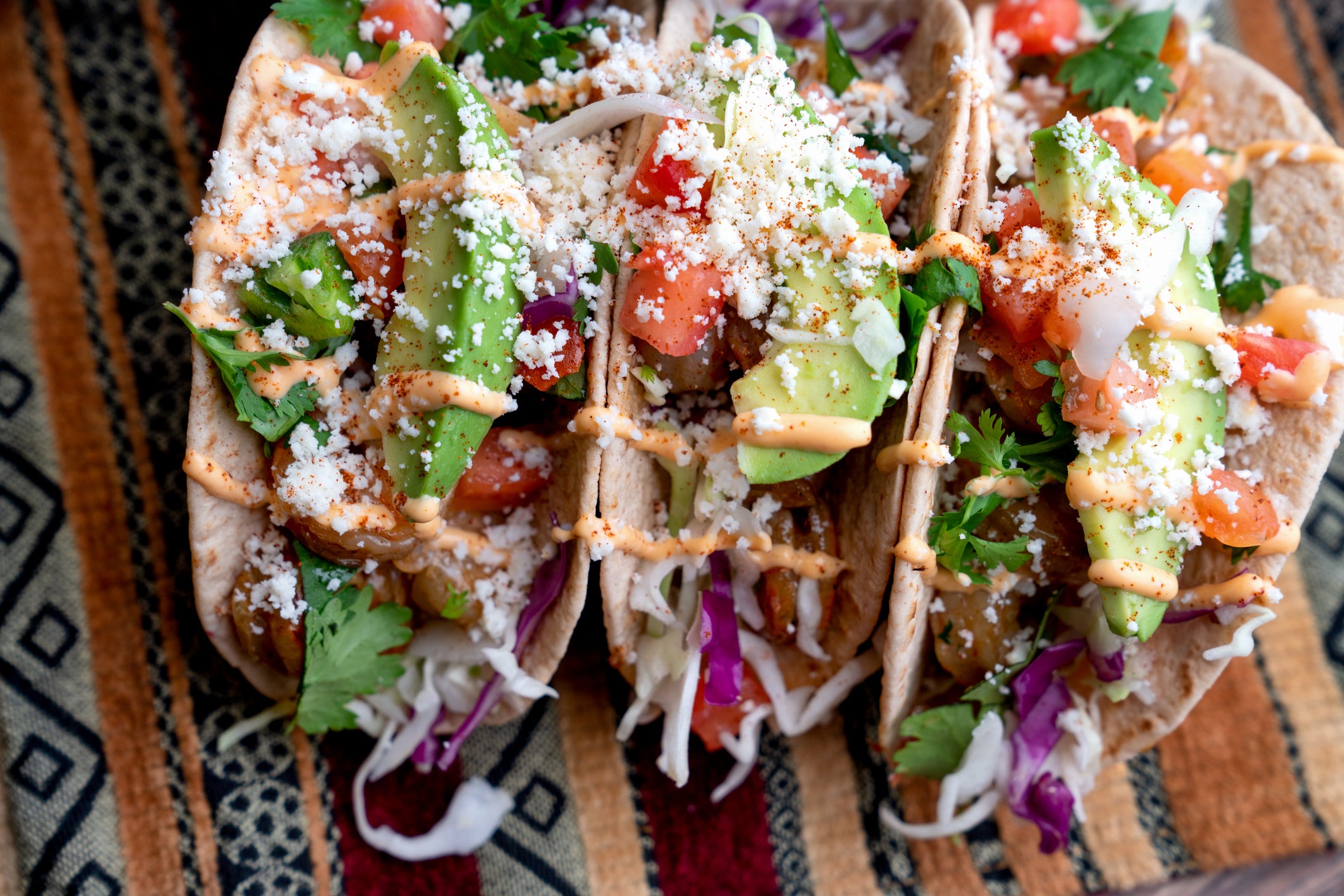
Eggs
In September, there were 93 cases of a salmonella outbreak tied to eggs.
That was before the egg shortage tied to the spread of bird flu.
Onions
A major E. coli outbreak last year was tied to slivered onions served in McDonald’s hamburgers.
One person died and there were more than 100 cases reported across 14 states.
Symptoms usually start as many as four days after swallowing the bacteria, resulting in stomach cramps, vomiting, and bloody diarrhea. Most people recover without treatment after a week.
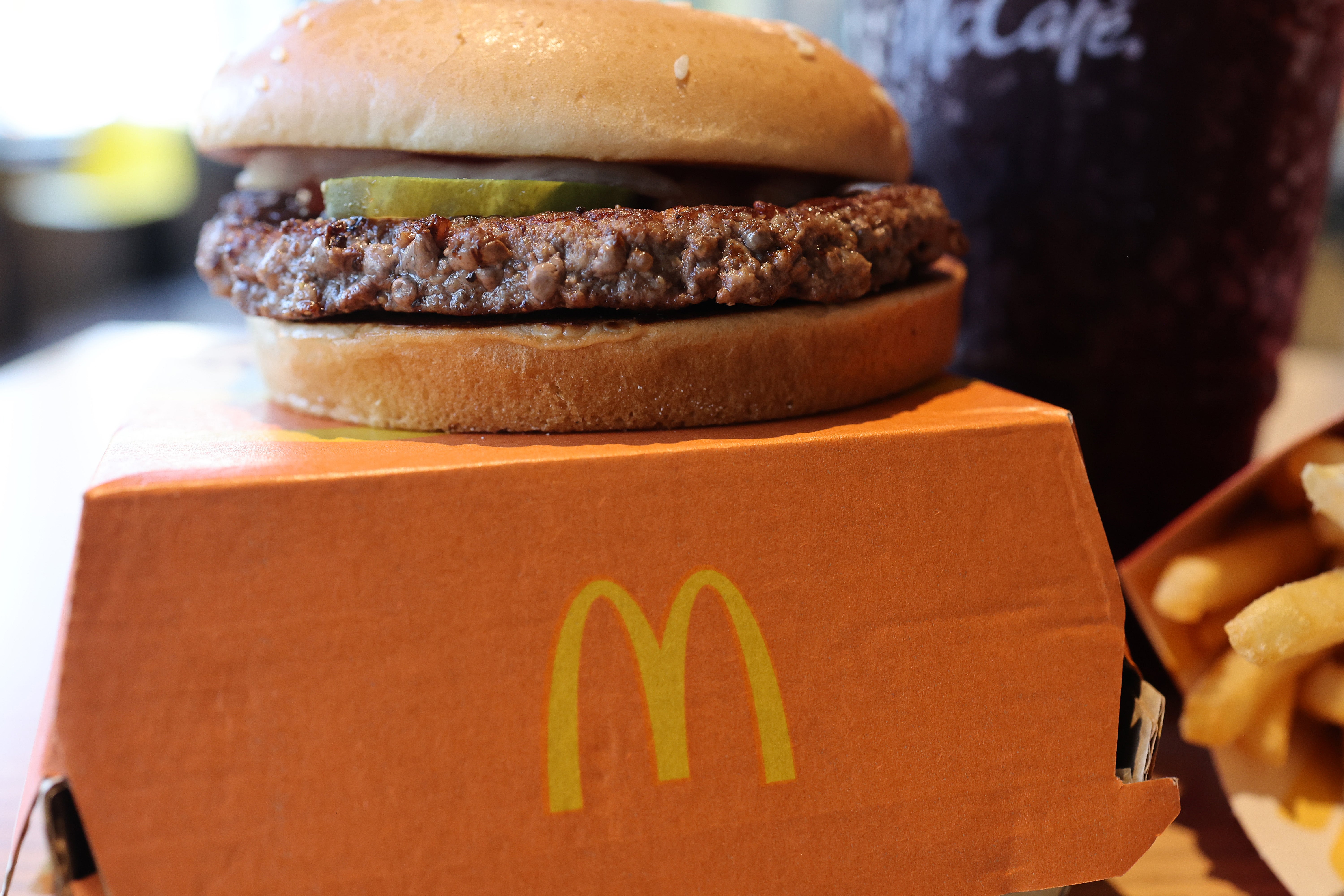
Leafy greens
There have previously been E. coli outbreaks associated with leafy greens.
Dozens of people were infected in late 2020, and 20 people were hospitalized.
Carrots
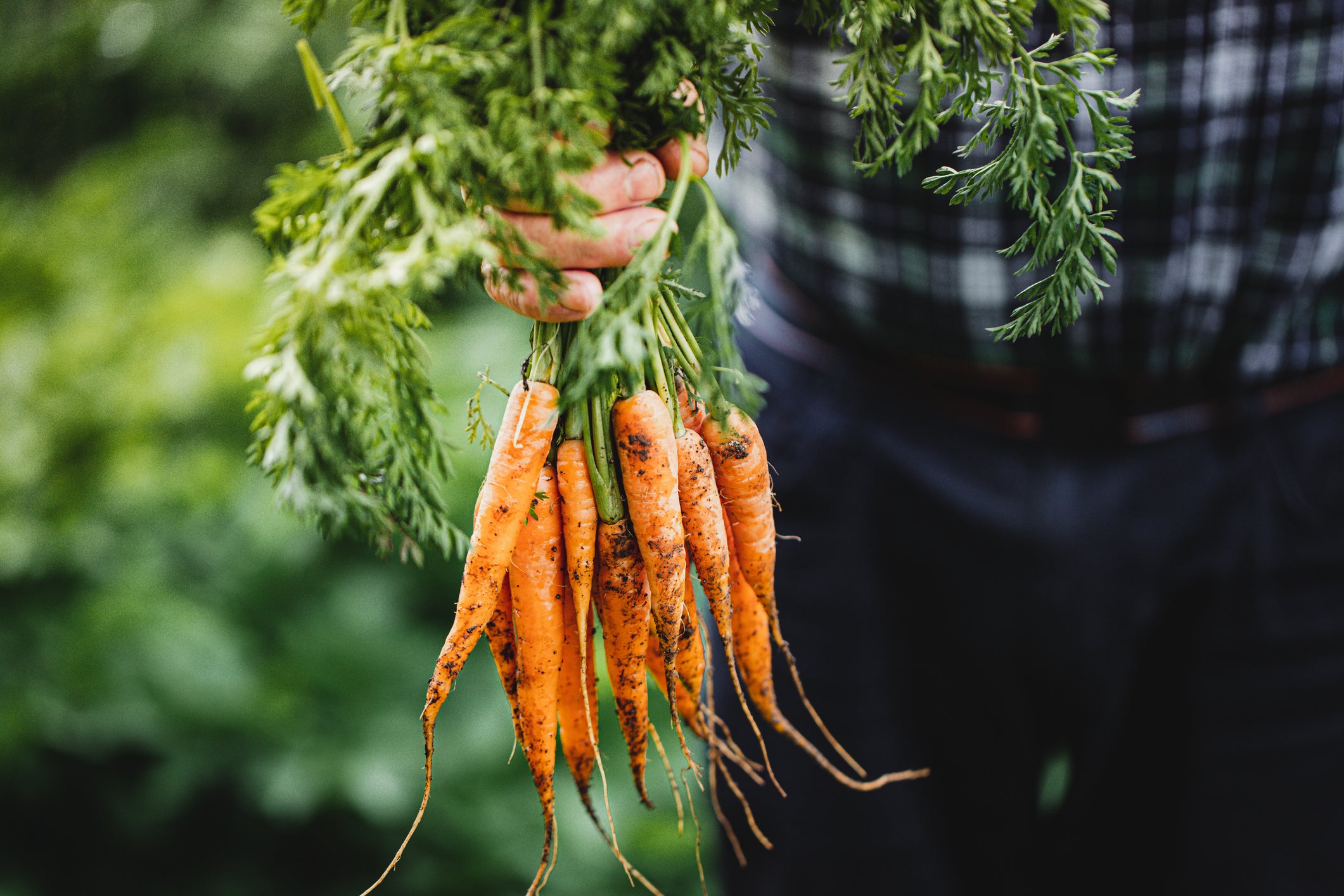
A late 2024 E. coli outbreak tied to organic carrots also resulted in one death.
That outbreak infected 39 people from 18 states. Of those, 15 were hospitalized.
Basil
Last spring, a salmonella outbreak linked to fresh basil resulted in 36 cases across 14 states.
There were four hospitalizations.
Cooked poultry and meat
Ready-to-eat meat and poultry products were also recalled in a listeria outbreak that resulted in three deaths and 24 cases. The outbreak included patients from nine states.



